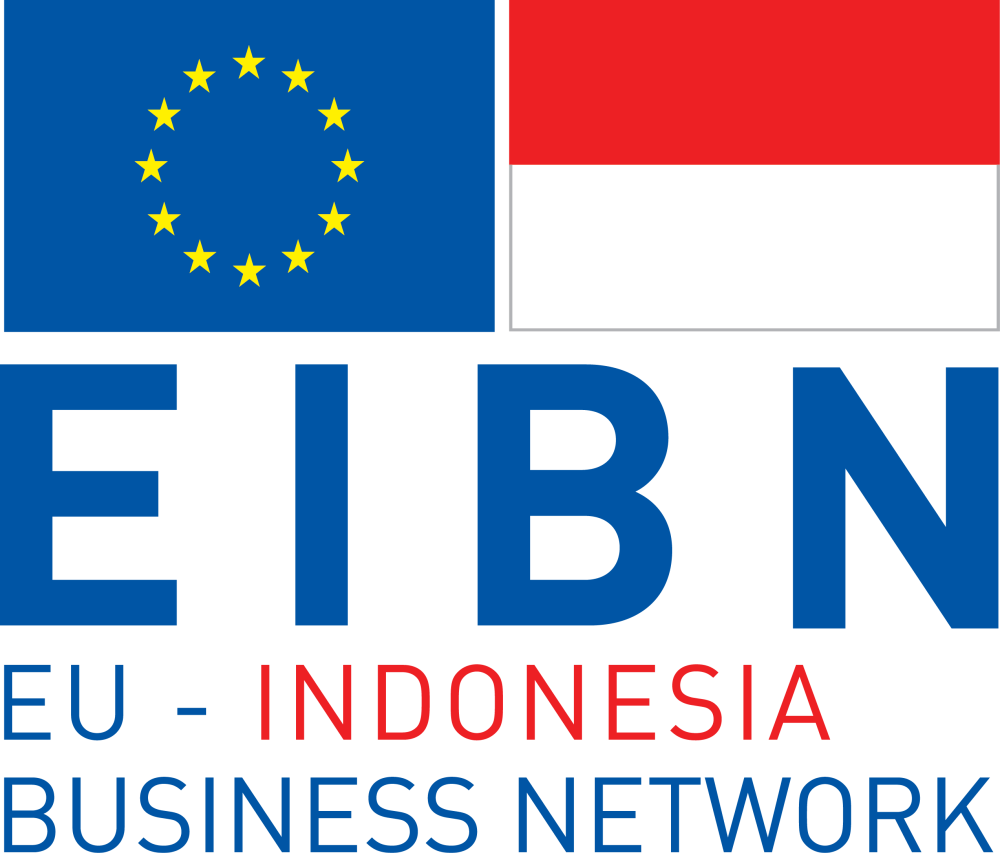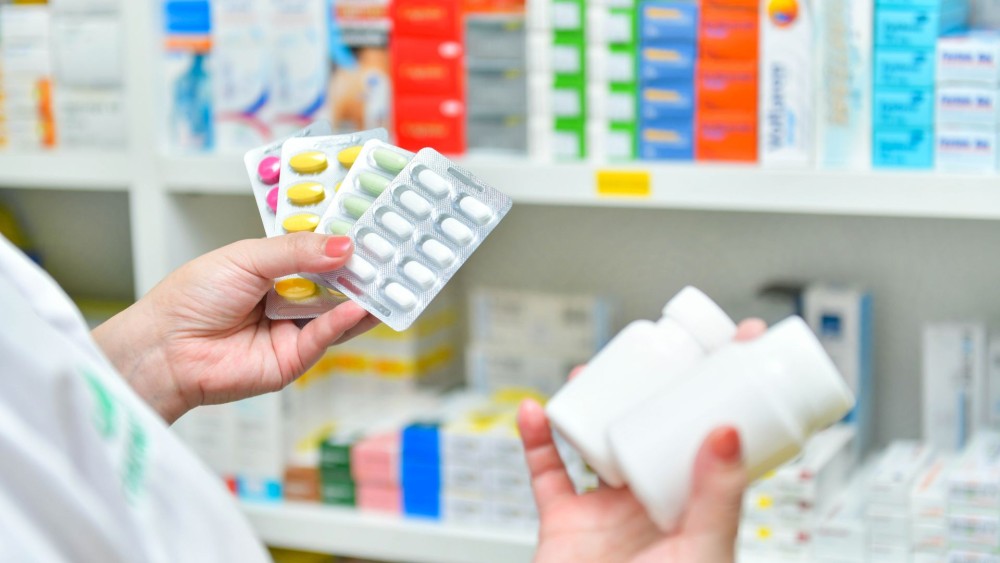Indonesia’s pharmaceutical market is the largest in Southeast Asia, with medicine sales valued at IDR 110.6 trillion (approximately USD 7.6 billion) in 2020. According to Fitch Ratings, the market is projected to reach IDR 176.3 trillion by 2025, reflecting a compound annual growth rate (CAGR) of 9.8% in local currency and 10.7% in U.S. dollar terms.
This strong growth trajectory comes as little surprise to industry players. Over the past decade, Indonesia has maintained a steady upward trend in pharmaceutical sales, supported by its population of over 282 million—the fourth largest in the world—and the continued expansion of healthcare access through the National Health Insurance program (Jaminan Kesehatan Nasional, or JKN) introduced in 2014.
The positive outlook is further reinforced by government prioritization of the pharmaceutical sector within the National Industrial Development Masterplan (RIPIN 2015–2035), now being aligned with Indonesia’s Long-Term National Development Plan 2025–2045. Public healthcare spending continues to rise: the 2025 Draft State Budget (RAPBN) allocates IDR 191.9 trillion to the health sector, representing 5.6% of total state expenditure and an increase from the previous year.
Despite this progress, Indonesia’s pharmaceutical industry continues to depend heavily on imports for active pharmaceutical ingredients (APIs) and other raw materials. The Ministry of Industry estimates that around 85–90% of the ingredients used by local manufacturers are imported, mainly from China and India. To address this, the government is encouraging API localization through initiatives led by Bio Farma, Kimia Farma, and other state-owned and private companies developing domestic chemical and biotech capabilities.
The country’s regulatory environment has also evolved to attract greater foreign participation. The Omnibus Law on Job Creation (Law No. 11/2020, amended by Law No. 6/2023) allows 100% foreign ownership in pharmaceutical manufacturing and distribution, removing previous caps. Similarly, the Health Law (Law No. 17/2023), enacted in July 2023, provides a comprehensive framework for investment in healthcare infrastructure, technology transfer, and human resource development. The Ministry of Health has since issued implementing regulations that open pathways for digital health integration, clinical research, and specialized health zones (SEZs).
The rationale behind these reforms is clear: Indonesia seeks to attract investment and expertise to strengthen its healthcare capacity. According to World Bank data, Indonesia has only 1.5 hospital beds per 1,000 people, compared to 2.5 in Singapore and 12.8 in South Korea. Meanwhile, healthcare expenditure stands at around 3.3% of GDP, lower than the East Asia and Pacific average of 7.4%, indicating significant room for growth. Yet, even with relatively low spending levels, private hospitals are operating near capacity—a sign of both unmet demand and strong profitability within the sector.
In the long term, Indonesia’s healthcare industry is expected to experience sustained expansion, driven by an expanding middle class, higher awareness of preventive care, and a growing demand for both essential and specialized treatments. The rise of digital health services has further transformed the sector: platforms such as Alodokter and Halodoc now serve over 40 million users annually, and the Ministry of Health has formally recognized telemedicine services as part of the public healthcare system, including pilot integration into BPJS Kesehatan (JKN) services.
A key structural challenge for Indonesia’s pharmaceutical industry lies in its continued dependence on imported raw materials, with around 85–90% of active pharmaceutical ingredients (APIs) still sourced from abroad. This reliance exposes the sector to supply chain disruptions and foreign exchange volatility, particularly during global crises. While the government has initiated domestic API and biotech manufacturing programs, progress remains gradual due to limited infrastructure and technological capabilities.
Another persistent issue is the imbalance between downstream formulation and upstream production. Most of the country’s roughly 260 pharmaceutical companies operate in formulation, while only a handful produce raw materials locally. Efforts to promote natural and herbal-based medicines under the Fitofarmaka Nasional program continue, but scaling production to industrial standards remains a challenge.
The industry also faces capacity constraints in research, skilled labor, and logistics, which hinder productivity compared to regional peers such as Singapore and India. Limited numbers of qualified chemists and pharmaceutical engineers slow innovation and increase dependence on imported expertise. In addition, price controls for generic drugs under the national health insurance scheme (JKN) can constrain margins for producers, particularly smaller domestic firms.
Although procurement reforms have increased transparency, state-owned enterprises still dominate public tenders, leaving limited space for new entrants. These combined structural and institutional challenges highlight the need for stronger upstream development, human capital investment, and regulatory consistency to achieve the government’s goal of a more self-reliant pharmaceutical industry.
Despite the structural challenges it faces, Indonesia’s pharmaceutical industry remains highly promising. The country’s large and youthful population—with more than 80% in the working-age group and roughly half under 24 years old—continues to drive long-term demand for healthcare products. Combined with sustained government support for healthcare reform and industrial development, these factors create a strong foundation for growth.
The COVID-19 pandemic underscored both the vulnerabilities and opportunities within Indonesia’s healthcare system, accelerating demand for medical equipment, pharmaceuticals, and digital health services. The rapid expansion of telemedicine platforms such as Halodoc and Alodokter reflects this shift, supported by broader digital adoption across the economy. With Indonesia’s digital sector projected to reach a market value of USD 83 billion by 2025 (Bain & Company and Temasek), healthcare digitalization is set to play an increasingly central role in pharmaceutical distribution, diagnostics, and patient engagement—making the sector one of Indonesia’s most dynamic investment frontiers.
This content is done in collaboration with:
Business Sectors



